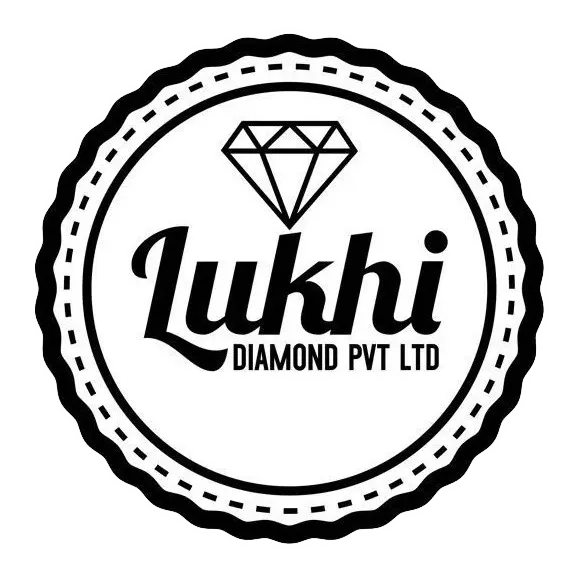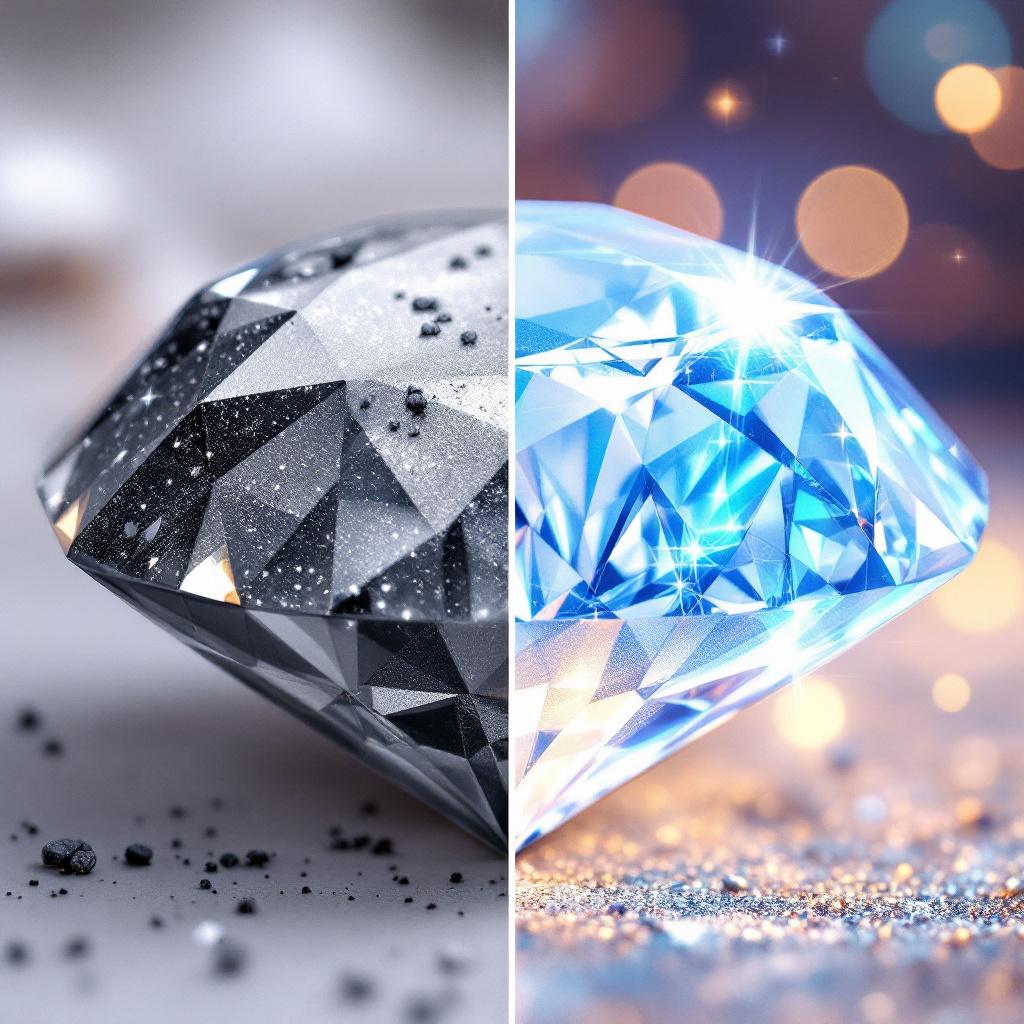Article: How to Tell if a Loose Diamond is Real: A Comprehensive Guide
How to Tell if a Loose Diamond is Real: A Comprehensive Guide
Diamonds are among the most sought-after gemstones, symbolizing luxury, wealth, and timeless beauty. Whether you're considering buying a loose diamond or already own one, ensuring its authenticity is crucial. But how can you tell if a loose diamond is real? This guide will walk you through several methods, ranging from professional appraisals to simple at-home tests, to help you determine whether your diamond is genuine.
1. Professional Appraisal
The most reliable way to verify if a loose diamond is real is to have it appraised by a certified gemologist. Gemologists have specialized training and equipment to identify genuine diamonds. They can provide you with a detailed analysis, including the diamond’s 4 Cs (cut, color, clarity, and carat weight) and whether it is natural, synthetic, or treated.
Why Choose a Professional Appraisal?
- Accuracy: Gemologists use advanced tools like spectrometers and microscopes to analyze the diamond.
- Certification: You’ll receive an official document that certifies the diamond's authenticity and quality.
- Peace of Mind: Knowing that a professional has verified your diamond offers reassurance.
2. Check for Certification
A real diamond often comes with a certification from a recognized gemological institute, such as the Gemological Institute of America (GIA) or the American Gem Society (AGS). These certificates provide detailed information about the diamond, including its authenticity.
Steps:
- Verify the certification number online through the issuing institution’s database.
- Ensure the details on the certificate match the physical characteristics of the diamond.
3. Water Test
The water test is a quick and easy method to test the authenticity of a loose diamond at home.
Steps:
- Fill a glass with water.
- Drop the loose diamond into the glass.
- Observe what happens.
Result Interpretation:
- Sinks: If the diamond sinks to the bottom, it is likely real. Diamonds have a high density, which causes them to sink in water.
- Floats: If the diamond floats or hovers just below the surface, it may be a fake.
4. Fog Test
The fog test is another simple and effective method to check if a diamond is real.
Steps:
- Hold the diamond between two fingers and breathe on it to create a fog on the surface.
- Observe how long it takes for the fog to clear.
Result Interpretation:
- Clears Quickly: A real diamond disperses heat quickly, so the fog will disappear almost instantly.
- Lingers: If the fog stays on the diamond for a few seconds, it might be a fake or a diamond simulant like cubic zirconia.
5. The Newspaper Test
This test checks the diamond’s refractive properties.
Steps:
- Place the loose diamond upside down on a piece of newspaper or a printed page.
- Try to read the print through the diamond.
Result Interpretation:
- Cannot Read: A real diamond’s facets will scatter light in various directions, making it impossible to read the print clearly.
- Can Read: If you can read the print through the diamond, it might not be real.
6. UV Light Test
Diamonds typically fluoresce under ultraviolet (UV) light, showing a blue glow.
Steps:
- Place the diamond under a UV light.
- Observe the color of the fluorescence.
Result Interpretation:
- Blue Glow: Many diamonds will emit a blue glow, which is a good indicator of authenticity.
- No Glow or Other Colors: If the diamond doesn’t glow or shows a different color, it might still be real, but you may want to have it professionally checked.
7. Magnification Test
Using a jeweler’s loupe or a microscope, you can examine the diamond closely.
Steps:
- Use a 10x magnification loupe.
- Look for inclusions, small imperfections inside the diamond.
Result Interpretation:
- Inclusions: Most real diamonds have small inclusions or flaws. If the diamond appears perfectly clear, it could be synthetic or an imitation.
- No Inclusions: While some diamonds are flawless, the absence of inclusions is rare, and such a diamond should be certified.
8. Heat Conductivity Test
Diamonds are excellent conductors of heat. A diamond tester, a small portable device, can check this property.
Steps:
- Turn on the diamond tester.
- Touch the probe to the diamond’s surface.
Result Interpretation:
- Beep and Light: The device will beep and light up if the diamond is real.
- No Reaction: If there’s no reaction, it may be a fake.
9. Weight Test
Real diamonds are denser and heavier than most imitations like cubic zirconia.
Steps:
- Weigh the loose diamond using a precise scale.
- Compare it to the standard weight for a diamond of its size.
Result Interpretation:
- Heavier or Correct Weight: A real diamond will match the expected weight.
- Lighter: If it’s significantly lighter, it might be a fake.
Conclusion
Determining if a loose diamond is real involves a combination of professional and at-home tests. While home tests can give you an indication, a certified gemologist should perform a definitive assessment. Always look for certifications from recognized gemological institutions and consider professional appraisal, especially for high-value diamonds. Whether you’re buying, selling, or simply curious about the authenticity of your diamond, these methods will help you make an informed decision.



Leave a comment
This site is protected by hCaptcha and the hCaptcha Privacy Policy and Terms of Service apply.